
Companies need to have processes that provide accuracy, efficiency, and conformity with rules in the current sophisticated regulatory landscape. COSO Framework is one such framework that is used extensively for creating and assessing internal controls. It is a financial reporting anchor, a risk management anchor, and an internal audit anchor that provides a total framework which may be adapted by companies to align with their need.
This article discusses the COSO Framework, what it includes, and where it overlaps with risk assessment and audit procedures in assisting organizations in their creation of governance systems.
What is a COSO Framework?
The COSO Framework offers a framework for developing, installing, and improving effective systems of internal control. Issued in 1992 and revised in 2013, COSO addresses risks that impact the achievement of business objectives and facilitates long-term success through improved governance and management of internal processes.
Whether you are a little or large corporation, COSO provides a strong foundation for making decisions based on risk, greater transparency, and minimizing the opportunity for fraud or compliance with regulations.
Why Is COSO Relevant to Internal Controls and Internal Audit?
Internal controls are effective when they safeguard organizational assets, minimize the potential for fraud, and give assurances for financial reporting. COSO provides a singular framework by which auditors, risk professionals, and managers can measure the effectiveness of controls.
Professionals—primarily Certified Internal Auditors (CIAs)—of the internal auditing profession use COSO as the basis to assess control environments and discover weaknesses. COSO principles are employed by internal auditors to make recommendations for control improvements and tailor controls against strategic objectives.
With the addition of the COSO Framework, business organizations not only render internal audit activities reaction-based in nature but also preventive, with emphasis on avoiding risks.
The Five Elements of the COSO Framework
As its foundation, COSO comprises five interrelated elements that allow one to construct effective internal control systems:
1. Control Environment
This is the foundation of the entire framework. It sets the tone for ethics and organizational culture. It comprises:
- Governance structure
- Integrity and ethical values
- Management's philosophy and mode of operation
- Assignment of authority and responsibility
A sound control environment provides the foundation upon which a sustainable control system can be constructed.
2. Risk Assessment
Organizations have to recognize, examine, and react to risks that can influence objectives. This entails:
- Developing a risk assessment matrix to score probability against consequence
- Examining types of risk assessment (inherent, residual, qualitative, quantitative)
- Applying a formal risk matrix to prioritize reactions to risk
- Risk analysis is at the heart of forward-thinking decision making and good planning.
3. Control Activities
These are the operations and protocols to reduce risks. Some examples are:
- Approvals, authorizations, and verifications
- Segregation of duties
- Physical and cyber security controls
Proper internal control procedures are crucial to reducing operating risks.
4. Information and Communication
Effective and timely information must pass through all levels for internal control objectives to be improved. These are:
- Communication of roles and responsibilities
- Sharing of audit findings and changes in compliance
- Data collection and reporting supporting systems
5. Monitoring Activities
Regular reviews allow that internal controls are in the right position. Monitoring involves:
- Regular review by the management
- Periodic review by the internal audit staff
- Prompt remedial action on the weaknesses identified
The COSO Cube: A Multi-Dimensional View
The COSO Cube is a three-dimensional model which represents the implementation of the five internal control components across various parts of an entity. The five components relate to three indispensable objectives: Operations, Reporting, and Compliance. They are also implemented at four levels of an entity—Entity, Division, Operating Unit, and Function—in order to make internal controls pervasive throughout the entire entity. Other than that, the framework comprises seventeen principles that are the underpinning of each of the five elements and provide a detailed and pragmatic implementation advice. This methodical strategy enables the practice of internal audit to assess controls holistically and identify areas where there could be control gaps at any organizational level.
COSO IT Framework: Connecting Controls and Technology
The spread of computer-based systems has created a growing necessity to connect COSO and IT governance. The COSO IT Framework brings together IT-specific controls with the generic COSO framework so that organizations can:
- Minimize cybersecurity threats
- Guard confidential information
- Implement automated monitoring of controls
This COSO alignment to frameworks such as COBIT or ISO 27001 provides a single solution to IT risk and governance.
How SKMC Global Can Assist
To use the COSO Framework effectively is more than a matter of necessary awareness—it needs to be driven by strategic leadership, systematic deployment, and constant vigilance. That's where SKMC Global can assist.
Through SKMC Global, we have helped companies:
- Constructed and integrated COSO-led internal control systems
- Perform risk analysis through standard models like the risk matrix and risk assessment matrix
- Assist internal audit teams to refine their practices as per COSO and international standards
- Apply COSO IT Framework solutions to cyber environments
- Create and deploy internal control staff, risk management, and Certified Internal Auditor best practices
With a vast body of experience and sector-specific knowledge, SKMC Global assists clients in establishing robust governance, compliance, and operation resilience.
Conclusion
The COSO Framework is not a tool, it's a strategic enabler. It allows organizations to establish strong systems, enhance internal controls, and create value over the long term. As a certified internal auditor, a governance leader, or a risk manager, COSO is the guide you need to tackle today's changing risks with confidence.With the application of tools like the risk matrix, risk assessment matrix, and implementation of the COSO IT Framework, organisations are able to future-proof their business and make very informed decisions that appreciate good governance.
And with experienced partners like SKMC Global, organisations can implement COSO with ease, enhance their audit capabilities, and have a sound control environment in a rapidly changing risk environment.
Recent Posts
-
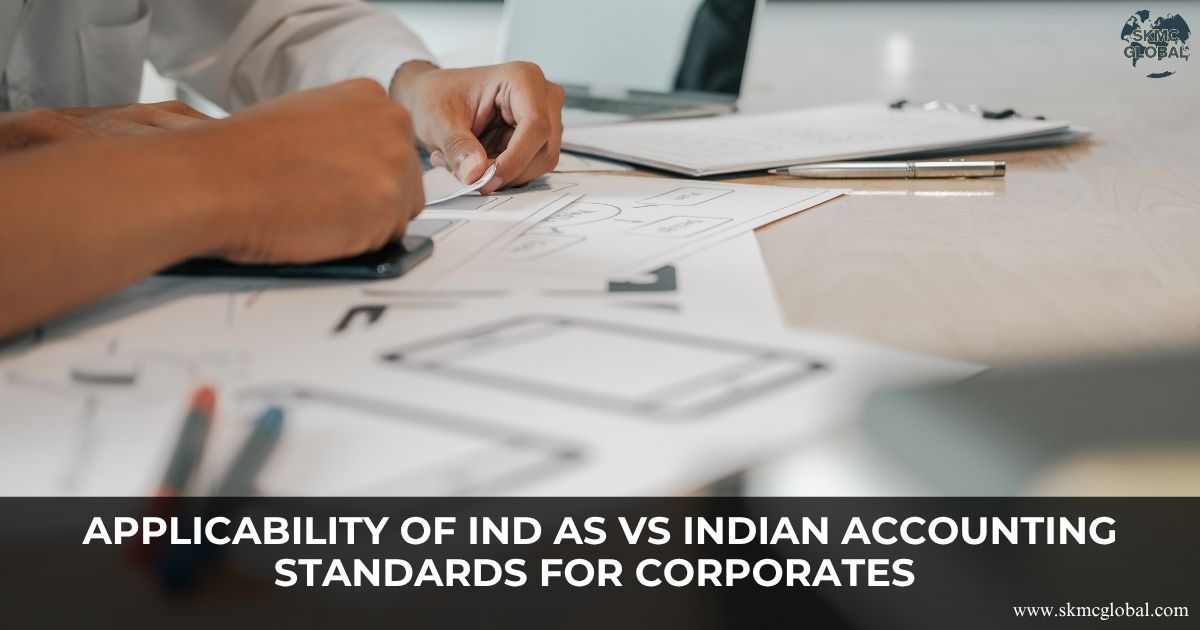 Applicability of Ind AS vs Indian Accounting Stand...
Nov 11,2025
Applicability of Ind AS vs Indian Accounting Stand...
Nov 11,2025
-
 Public vs. Private Trust: key Differences in Regis...
Oct 28,2025
Public vs. Private Trust: key Differences in Regis...
Oct 28,2025
-
 Donation and Foreign Contributions to Trusts in In...
Oct 23,2025
Donation and Foreign Contributions to Trusts in In...
Oct 23,2025
-
 Redeemable Preference Shares as a Financial Tool...
Oct 22,2025
Redeemable Preference Shares as a Financial Tool...
Oct 22,2025
-
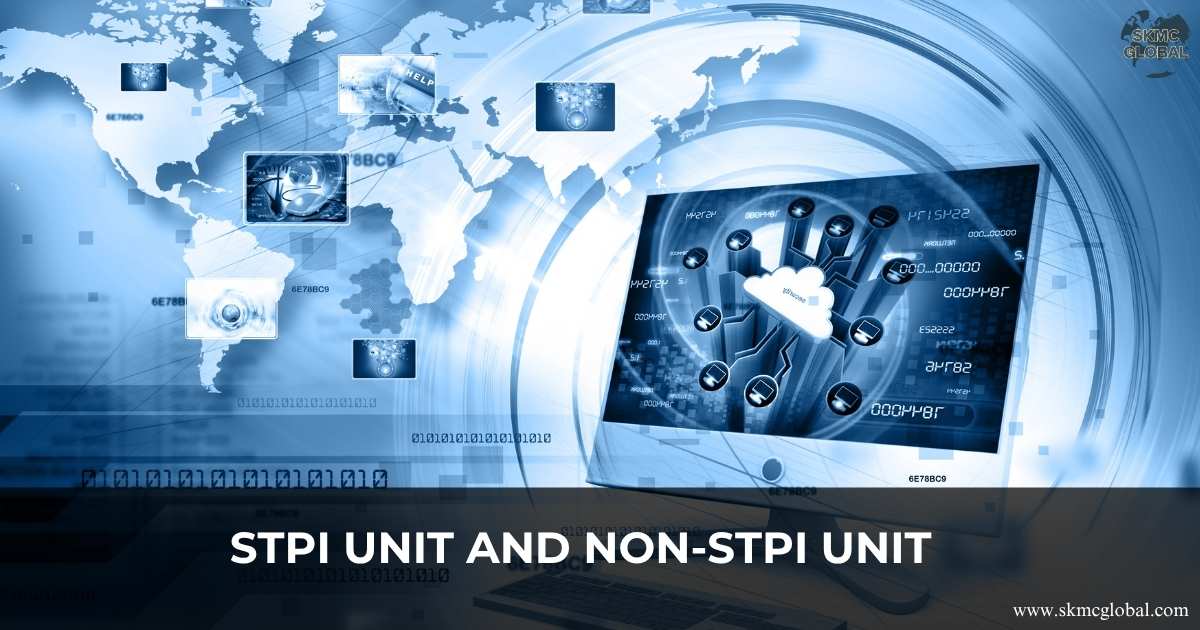 STPI Unit and Non-STPI Unit...
Oct 16,2025
STPI Unit and Non-STPI Unit...
Oct 16,2025
-
 Country-by-Country Reporting (CbCR) and Its Evolvi...
Oct 09,2025
Country-by-Country Reporting (CbCR) and Its Evolvi...
Oct 09,2025
-
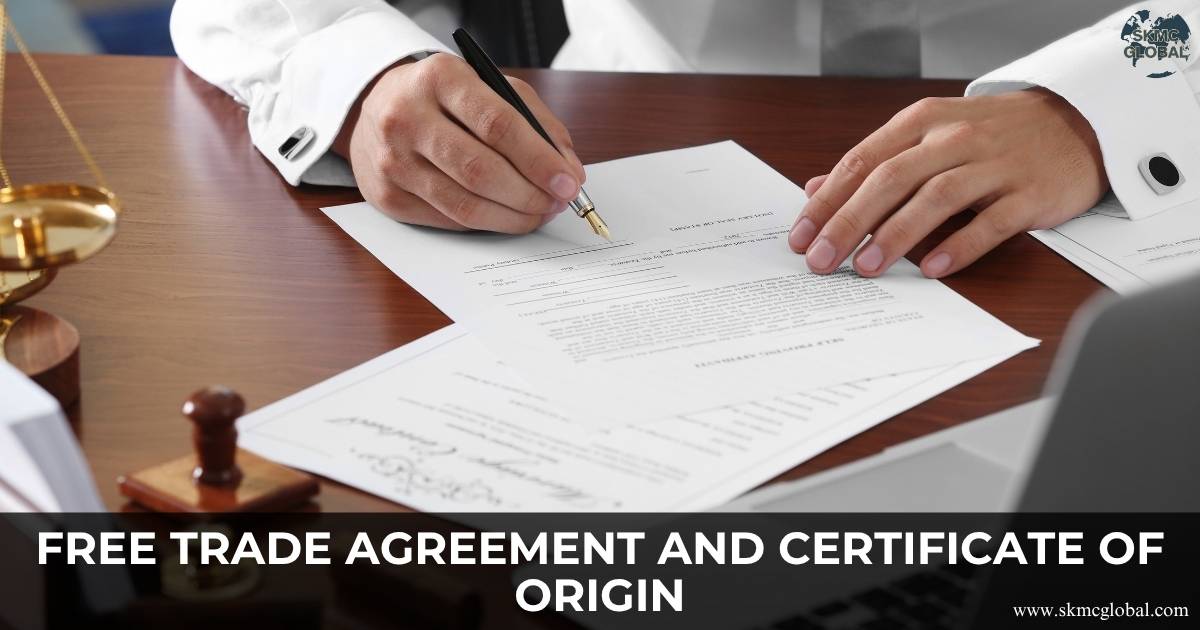 What is Free Trade Agreement and Certificate of Or...
Oct 08,2025
What is Free Trade Agreement and Certificate of Or...
Oct 08,2025
-
 What is the relevance of status holders certificat...
Oct 06,2025
What is the relevance of status holders certificat...
Oct 06,2025
-
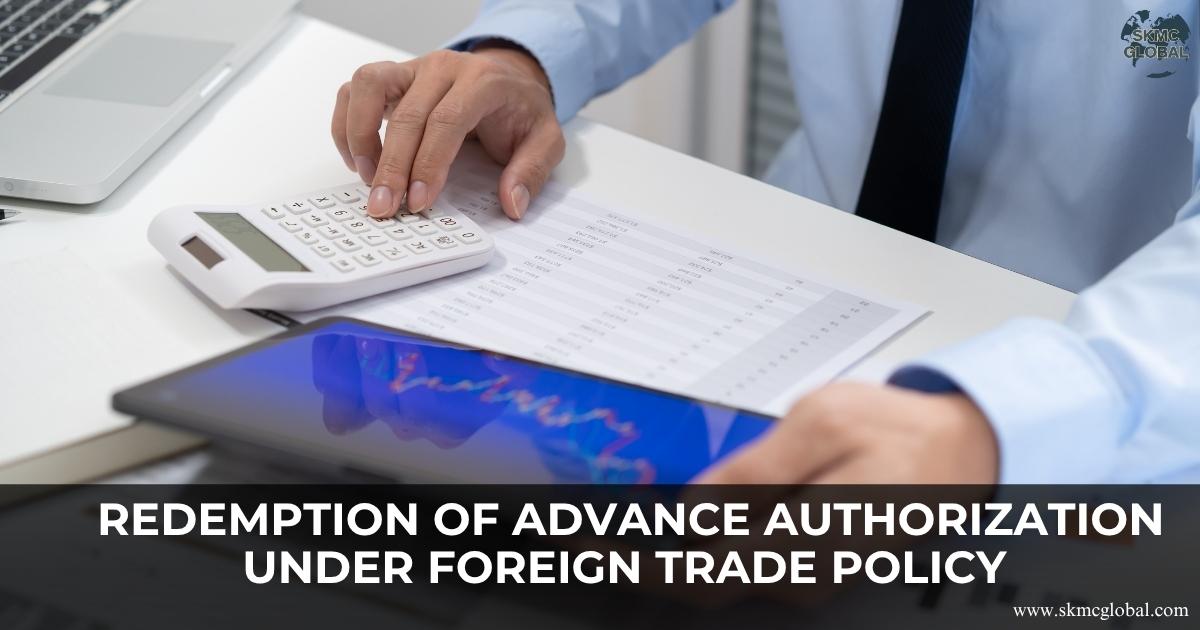 Redemption of Advance Authorization under Foreign ...
Oct 04,2025
Redemption of Advance Authorization under Foreign ...
Oct 04,2025
-
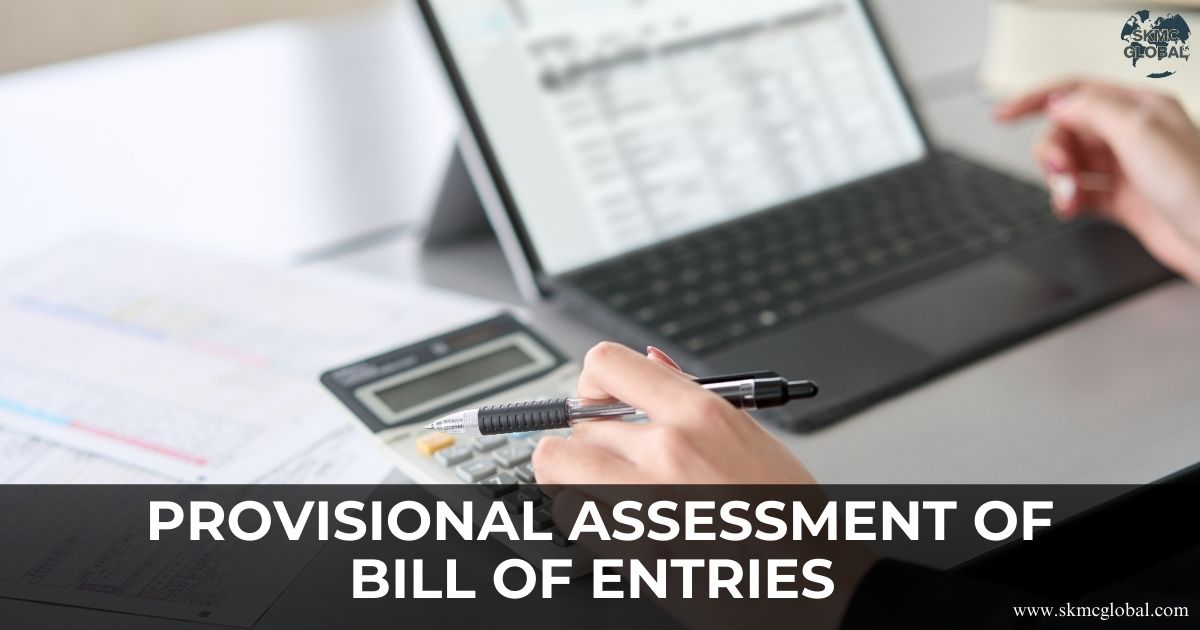 What is provisional assessment of Bill of Entries ...
Sep 29,2025
What is provisional assessment of Bill of Entries ...
Sep 29,2025
-
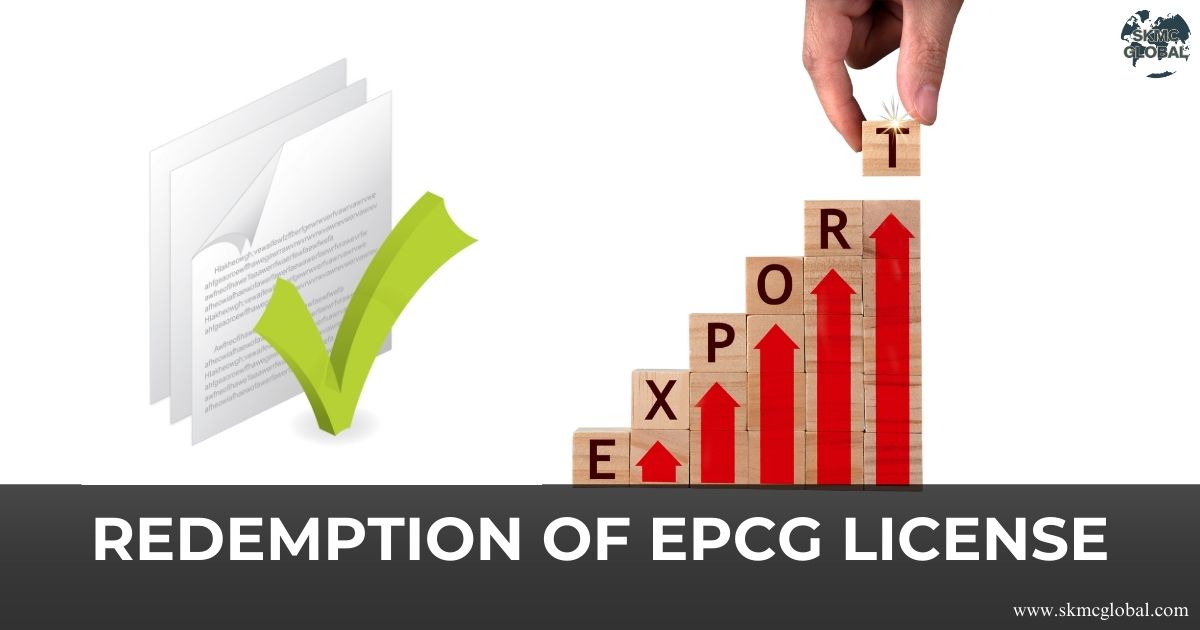 Redemption of EPCG License...
Sep 26,2025
Redemption of EPCG License...
Sep 26,2025
-
 MOOWR (Manufacturing and Other Operations in Wareh...
Sep 24,2025
MOOWR (Manufacturing and Other Operations in Wareh...
Sep 24,2025
-
 Procedure to Apply SCOMET License...
Sep 22,2025
Procedure to Apply SCOMET License...
Sep 22,2025
-
 Landscape of Semiconductor Industry while Doing Bu...
Sep 18,2025
Landscape of Semiconductor Industry while Doing Bu...
Sep 18,2025
-
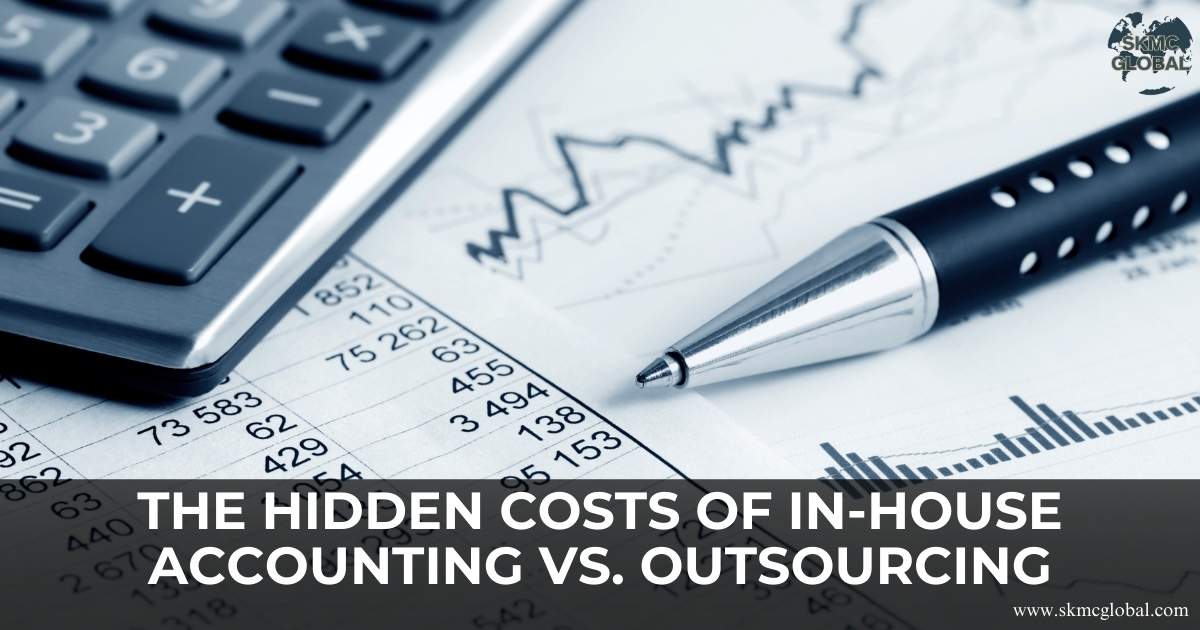 The Hidden Costs of In-House Accounting v/s Outsou...
Sep 17,2025
The Hidden Costs of In-House Accounting v/s Outsou...
Sep 17,2025
-
 TDS on sale of immovable property by an nri...
Sep 10,2025
TDS on sale of immovable property by an nri...
Sep 10,2025
-
 Setting up a Project Office in India...
Sep 08,2025
Setting up a Project Office in India...
Sep 08,2025
-
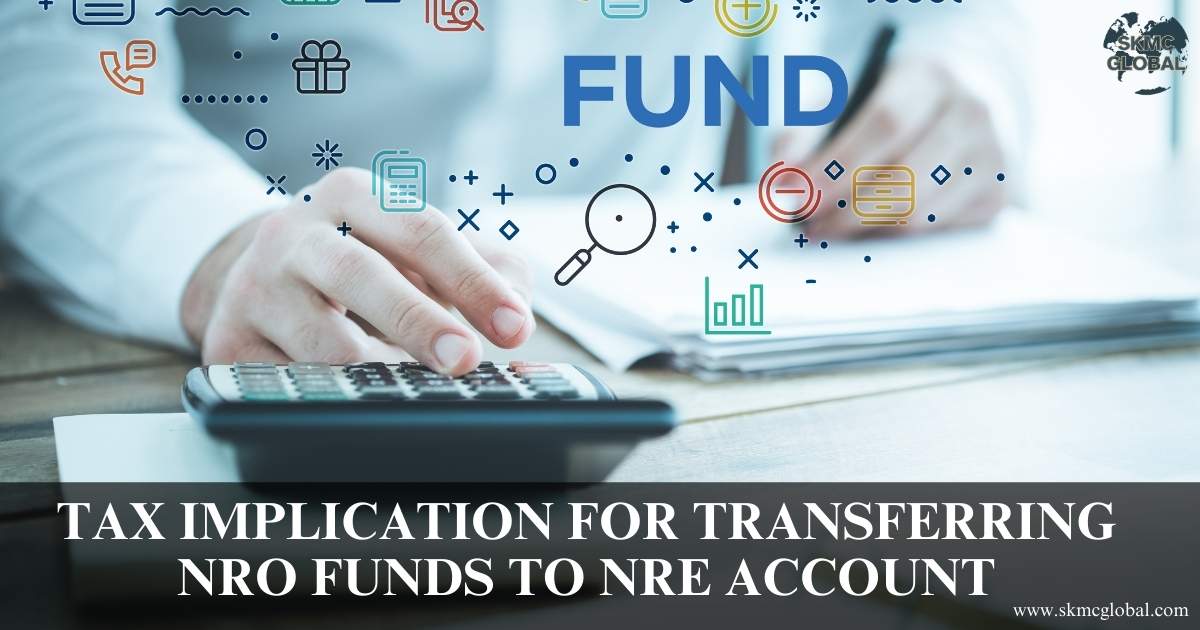 Tax Implication for Transferring NRO Funds to NRE ...
Sep 05,2025
Tax Implication for Transferring NRO Funds to NRE ...
Sep 05,2025
-
 How outsourcing CFO services helps the corporates ...
Aug 27,2025
How outsourcing CFO services helps the corporates ...
Aug 27,2025
-
 Why a Periodical Cash Flow Statement is Necessary ...
Aug 26,2025
Why a Periodical Cash Flow Statement is Necessary ...
Aug 26,2025
-
 What is FATCA and CRS reporting and its difference...
Aug 22,2025
What is FATCA and CRS reporting and its difference...
Aug 22,2025
-
 What are unclaimed TDS Credits and how to claim it...
Aug 21,2025
What are unclaimed TDS Credits and how to claim it...
Aug 21,2025
-
 Digital Taxation is reshaping Tax Nexus Between Ju...
Aug 20,2025
Digital Taxation is reshaping Tax Nexus Between Ju...
Aug 20,2025
-
 Procedure to Take PF Registration and Its Complian...
Aug 18,2025
Procedure to Take PF Registration and Its Complian...
Aug 18,2025
-
 Procedure to take PSARA License...
Aug 11,2025
Procedure to take PSARA License...
Aug 11,2025
-
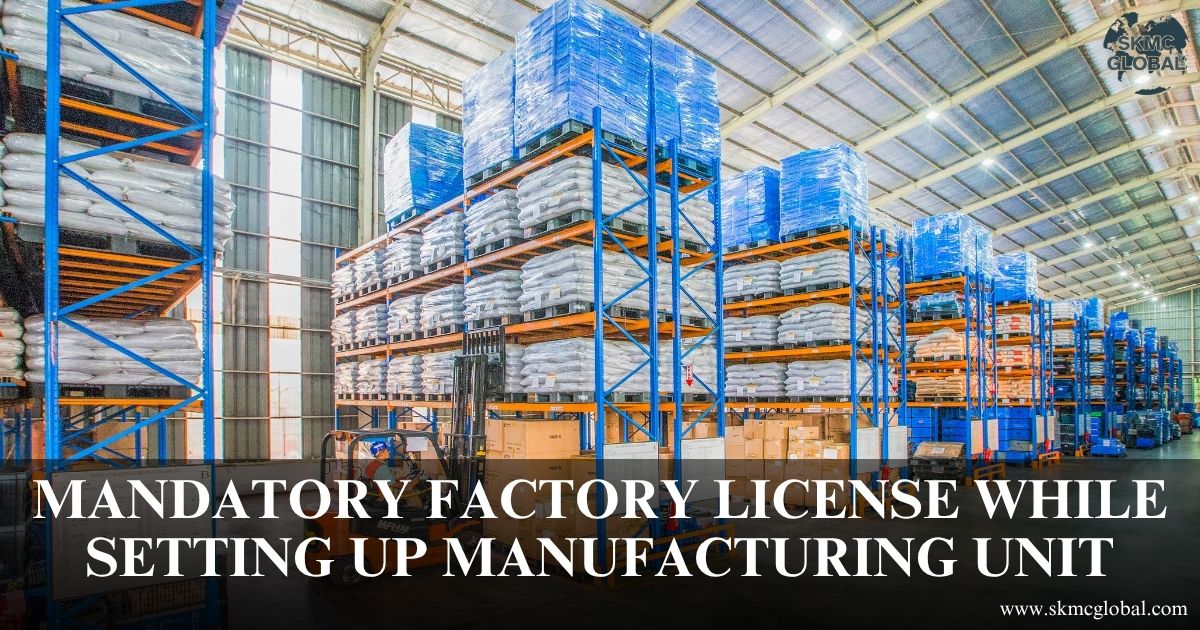 Mandatory factory license while setting up manufac...
Aug 08,2025
Mandatory factory license while setting up manufac...
Aug 08,2025
-
 Procedure for obtaining NBFC Registration in India...
Aug 04,2025
Procedure for obtaining NBFC Registration in India...
Aug 04,2025
-
 FSSAI License registration for Food Business...
Jul 14,2025
FSSAI License registration for Food Business...
Jul 14,2025
-
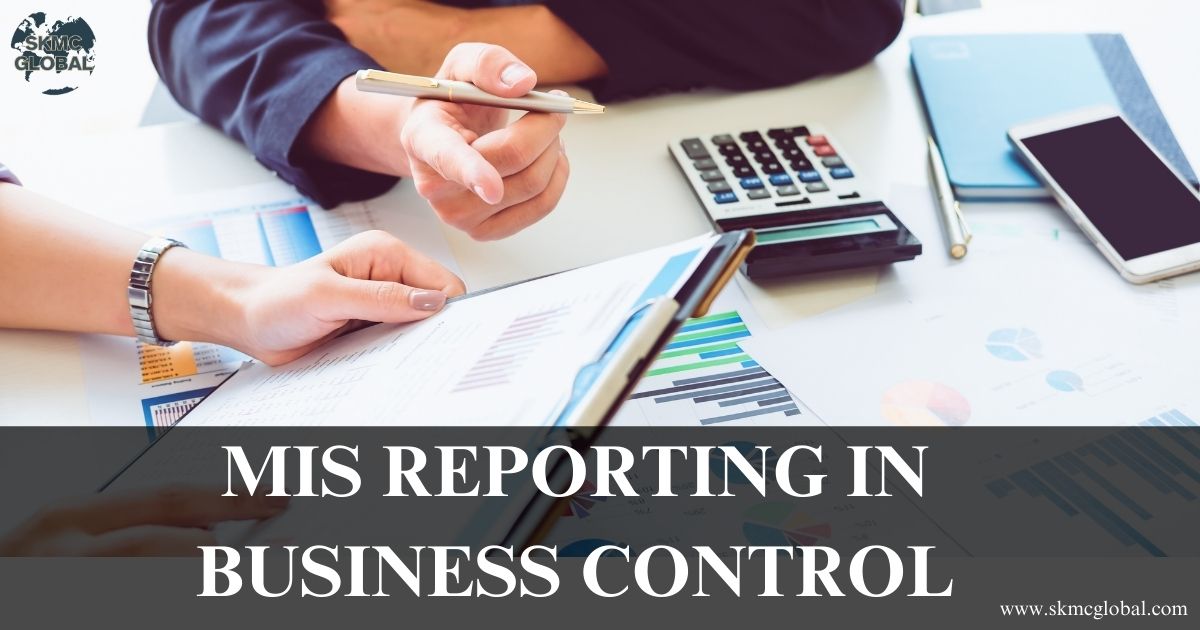 How Management Information System (MIS) reporting ...
Jul 11,2025
How Management Information System (MIS) reporting ...
Jul 11,2025
-
 IFRS 9 impairment- A complete guide...
Jul 12,2025
IFRS 9 impairment- A complete guide...
Jul 12,2025
-
 Why most of the companies are shifting to hr and p...
Jul 10,2025
Why most of the companies are shifting to hr and p...
Jul 10,2025
-
 A complete guide on valuation of shares...
Jul 10,2025
A complete guide on valuation of shares...
Jul 10,2025
-
 BIS registration for foreign manufacturer...
Jul 09,2025
BIS registration for foreign manufacturer...
Jul 09,2025
-
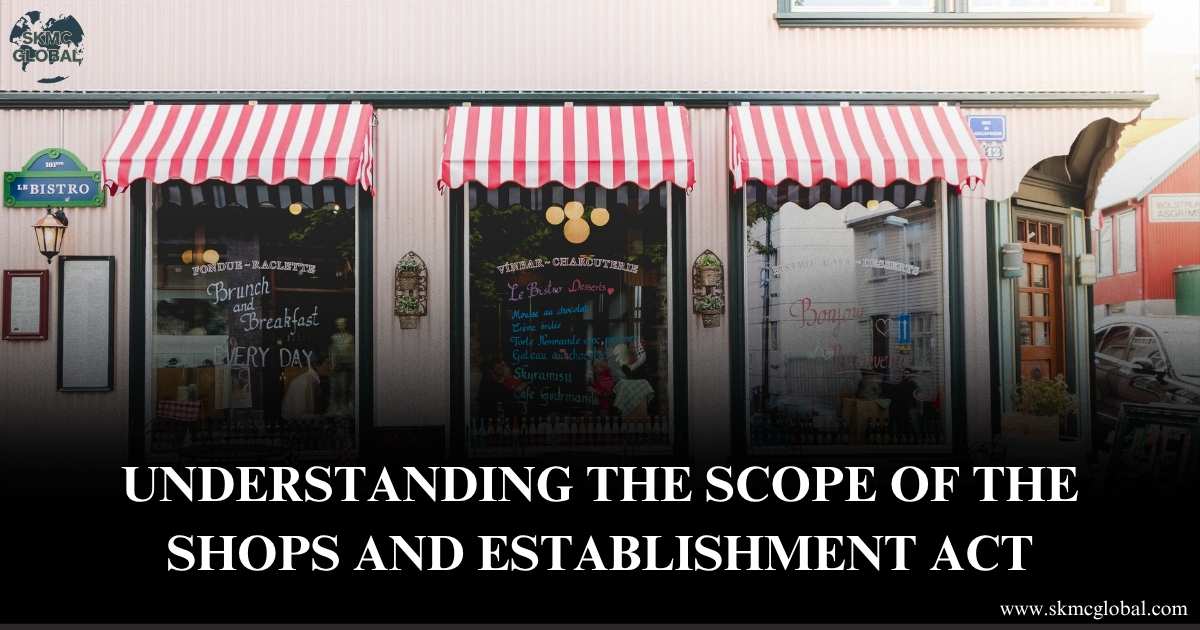 Understanding the Scope of the Shops and Establish...
Jul 08,2025
Understanding the Scope of the Shops and Establish...
Jul 08,2025
-
 Coso framework: Complete guide on internal control...
Jun 26,2025
Coso framework: Complete guide on internal control...
Jun 26,2025
-
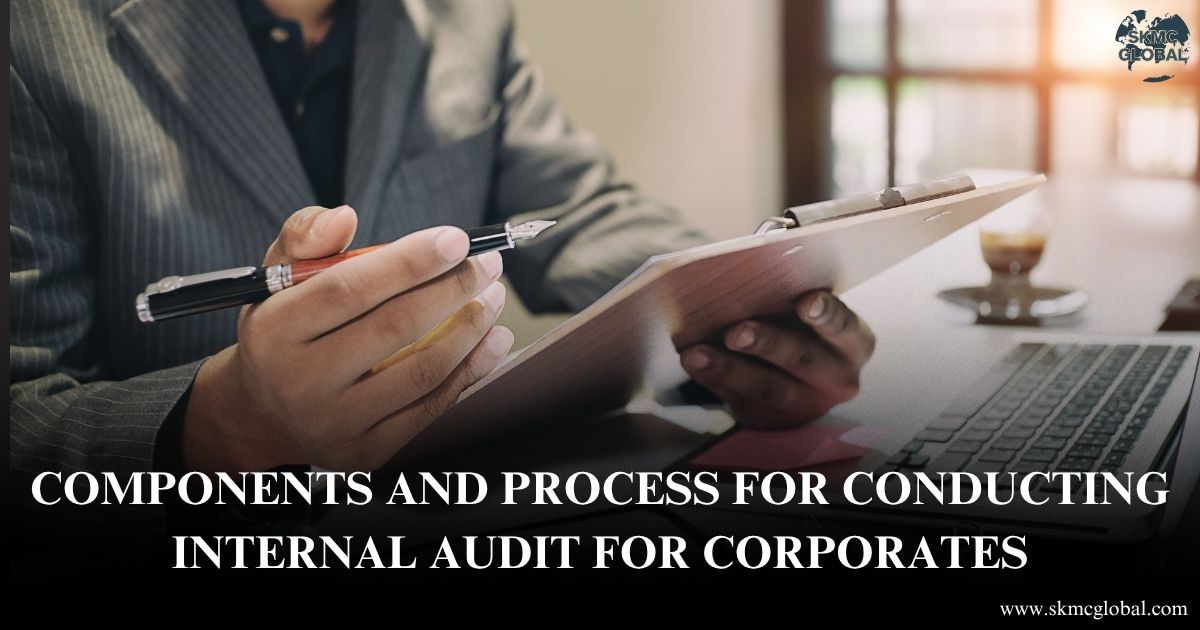 Components and Process for Conducting Internal Aud...
Jun 25,2025
Components and Process for Conducting Internal Aud...
Jun 25,2025
-
 What is ICFR and Why It is Important for Businesse...
Jun 24,2025
What is ICFR and Why It is Important for Businesse...
Jun 24,2025
-
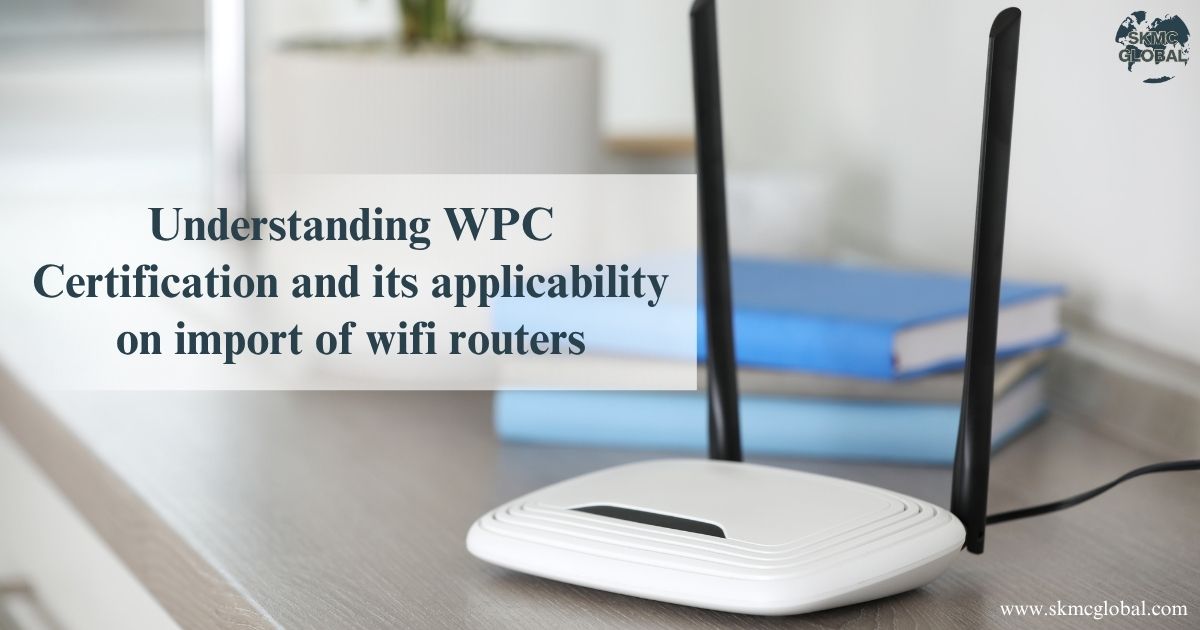 Understanding WPC Certification and its applicabil...
Jun 23,2025
Understanding WPC Certification and its applicabil...
Jun 23,2025
-
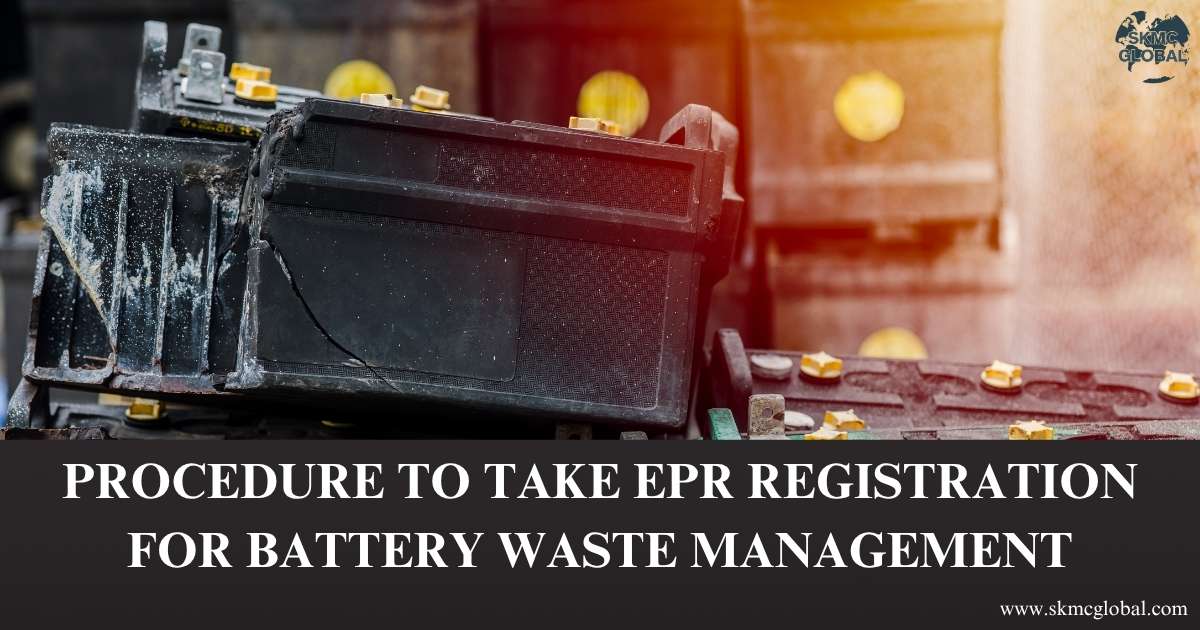 Procedure to take EPR registration for battery was...
Jun 21,2025
Procedure to take EPR registration for battery was...
Jun 21,2025
-
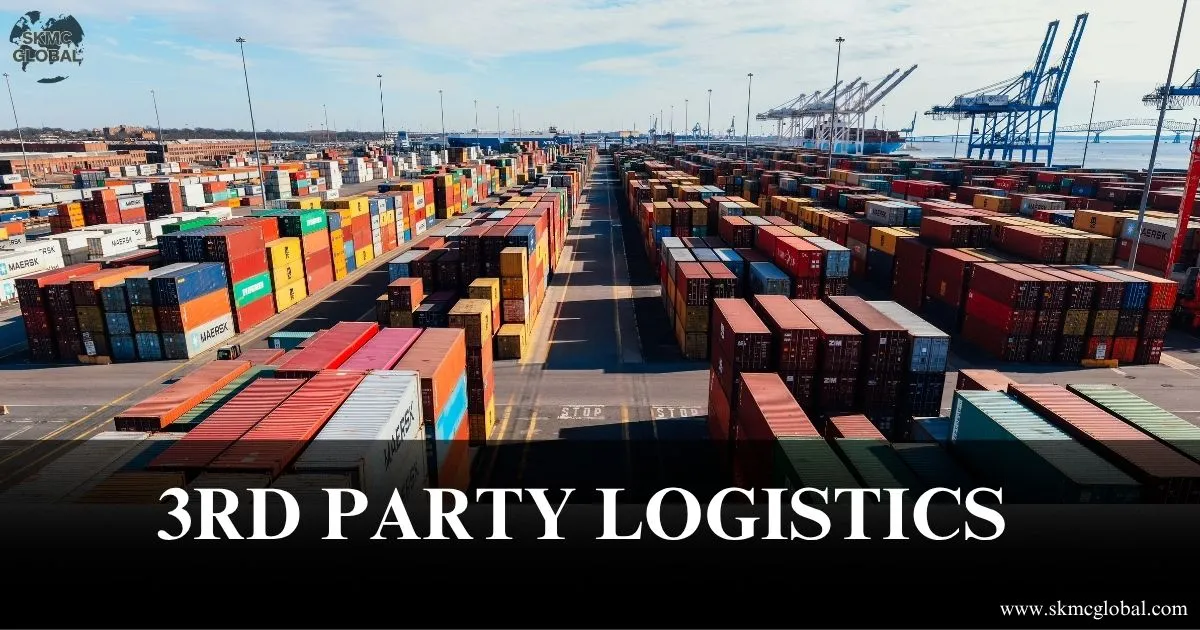 3PL Logistics...
Jun 19,2025
3PL Logistics...
Jun 19,2025
-
 What is E-Waste and role of EPR in Waste Managemen...
Jun 17,2025
What is E-Waste and role of EPR in Waste Managemen...
Jun 17,2025
-
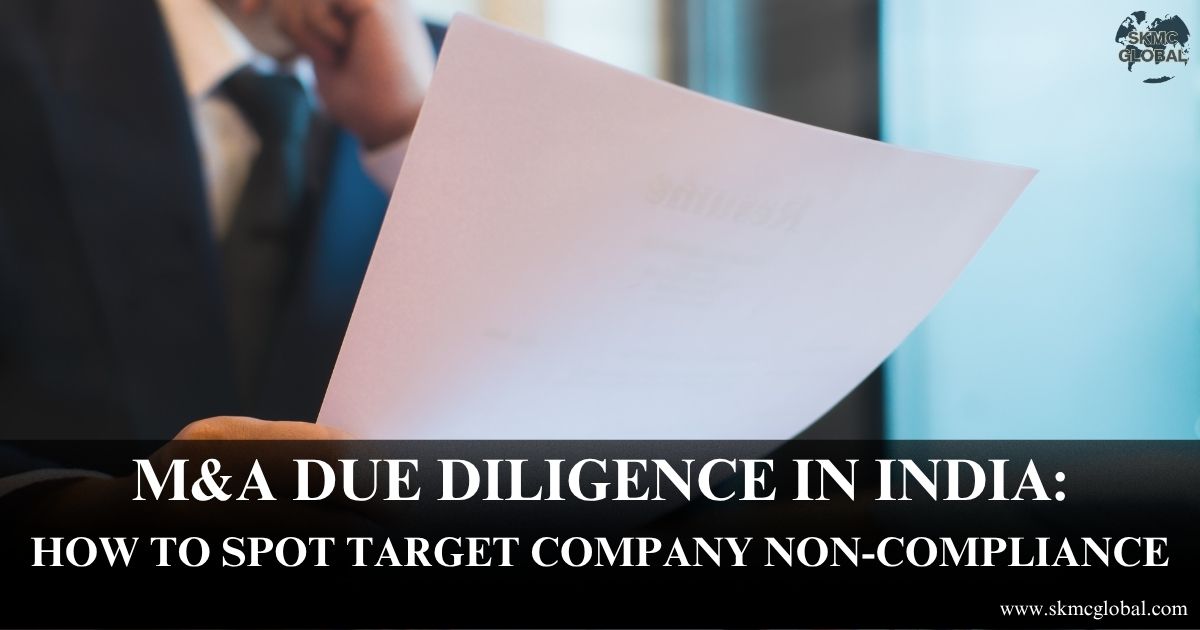 M&A Due Diligence in India: How to Spot Target Com...
Jun 16,2025
M&A Due Diligence in India: How to Spot Target Com...
Jun 16,2025
-
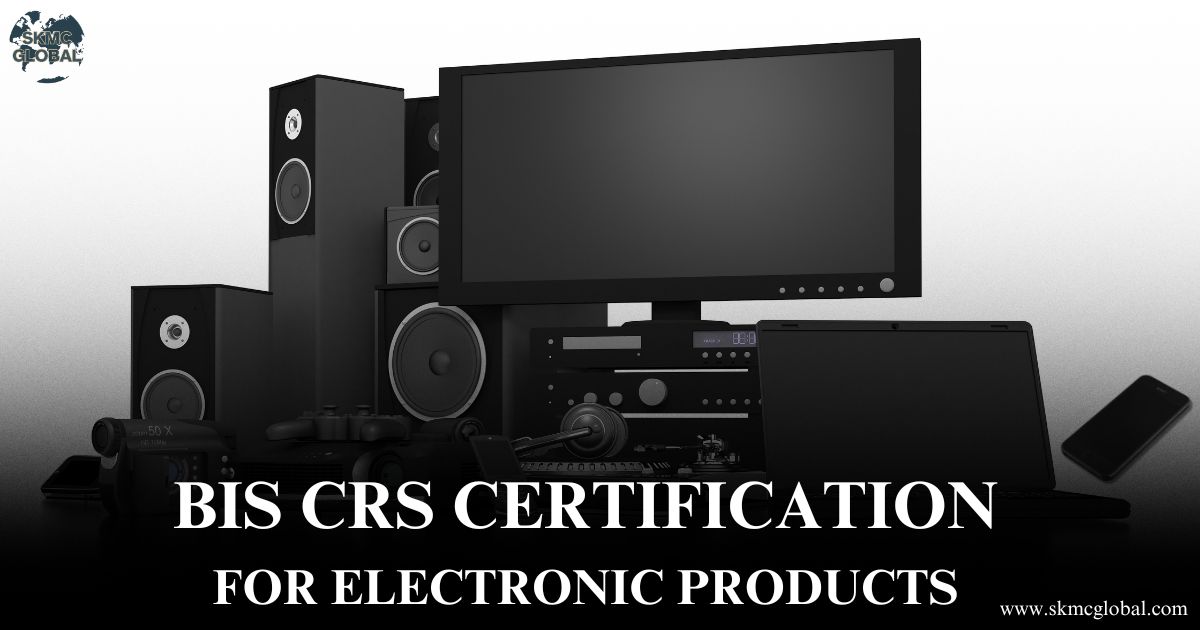 BIS crs certification for electronic products...
Jun 12,2025
BIS crs certification for electronic products...
Jun 12,2025
-
 All you need to know about WPC ETA certification f...
Jun 11,2025
All you need to know about WPC ETA certification f...
Jun 11,2025
-
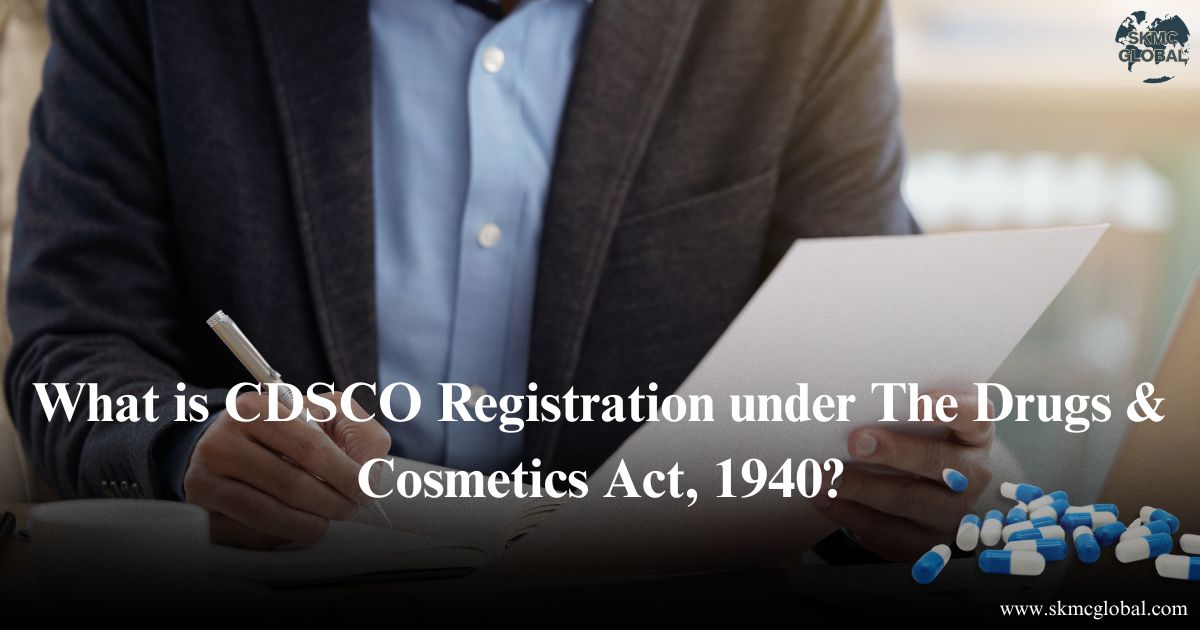 What is CDSCO Registration under The Drugs & Cosme...
Jun 10,2025
What is CDSCO Registration under The Drugs & Cosme...
Jun 10,2025
-
 Procedure to Take CDSCO Registration in India: A C...
Jun 09,2025
Procedure to Take CDSCO Registration in India: A C...
Jun 09,2025
-
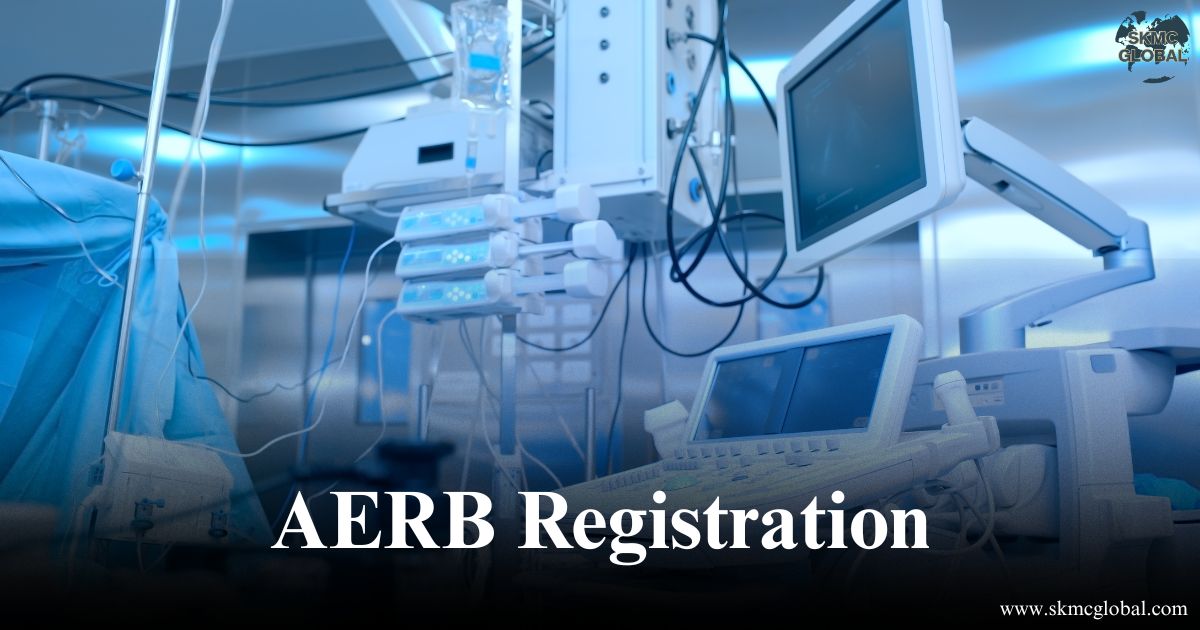 All You Need to Know About AERB Registration...
Jun 07,2025
All You Need to Know About AERB Registration...
Jun 07,2025
-
 Understanding POSH (Prevention of Sexual Harassmen...
Jun 03,2025
Understanding POSH (Prevention of Sexual Harassmen...
Jun 03,2025
-
 Chartered Accountant's role in financial managemen...
May 23,2025
Chartered Accountant's role in financial managemen...
May 23,2025
-
 5 Things to keep in mind while running your payrol...
May 17,2025
5 Things to keep in mind while running your payrol...
May 17,2025
-
 Why BIS Certification is Crucial for Importers and...
May 15,2025
Why BIS Certification is Crucial for Importers and...
May 15,2025
-
 Top 7 Reasons Indian Entrepreneurs Are Switching t...
May 07,2025
Top 7 Reasons Indian Entrepreneurs Are Switching t...
May 07,2025
-
 Incorporation of Company in Japan...
Apr 24,2025
Incorporation of Company in Japan...
Apr 24,2025
-
 How to set up a Representative Office in Singapore...
Apr 14,2025
How to set up a Representative Office in Singapore...
Apr 14,2025
-
 BIS certificate for medical equipments...
Apr 09,2025
BIS certificate for medical equipments...
Apr 09,2025
-
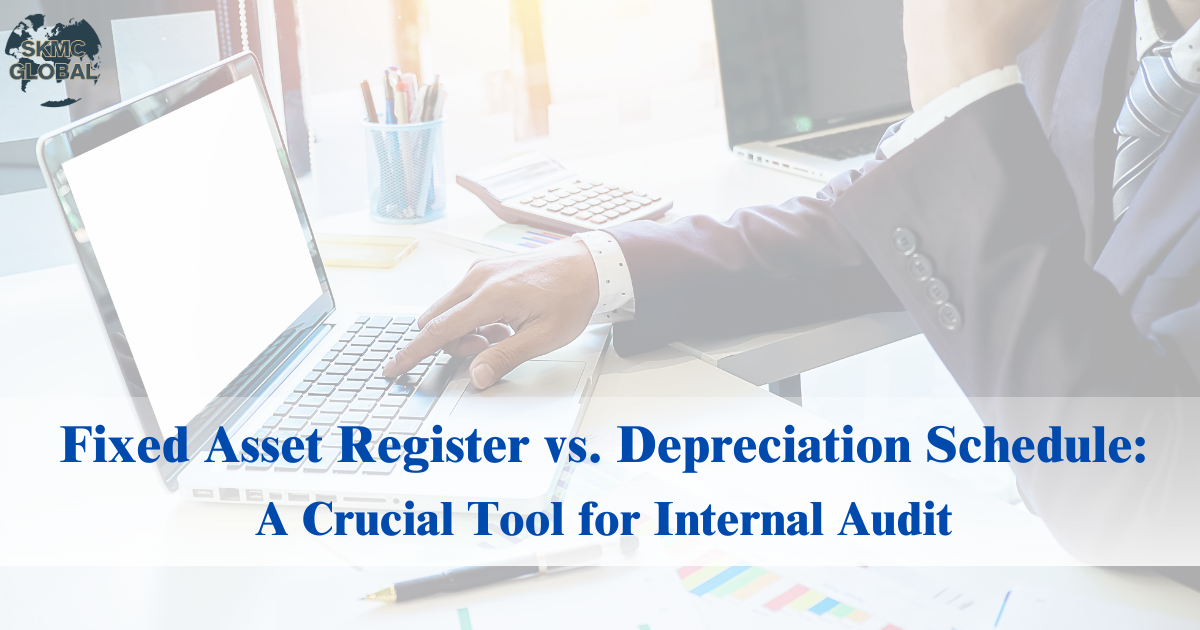 Fixed Asset Register v/s Depreciation Schedule: A ...
Apr 02,2025
Fixed Asset Register v/s Depreciation Schedule: A ...
Apr 02,2025
-
 Role of AI in Accounting...
Mar 26,2025
Role of AI in Accounting...
Mar 26,2025
-
 Capital Structure & its Impact on Profitability...
Feb 21,2025
Capital Structure & its Impact on Profitability...
Feb 21,2025
-
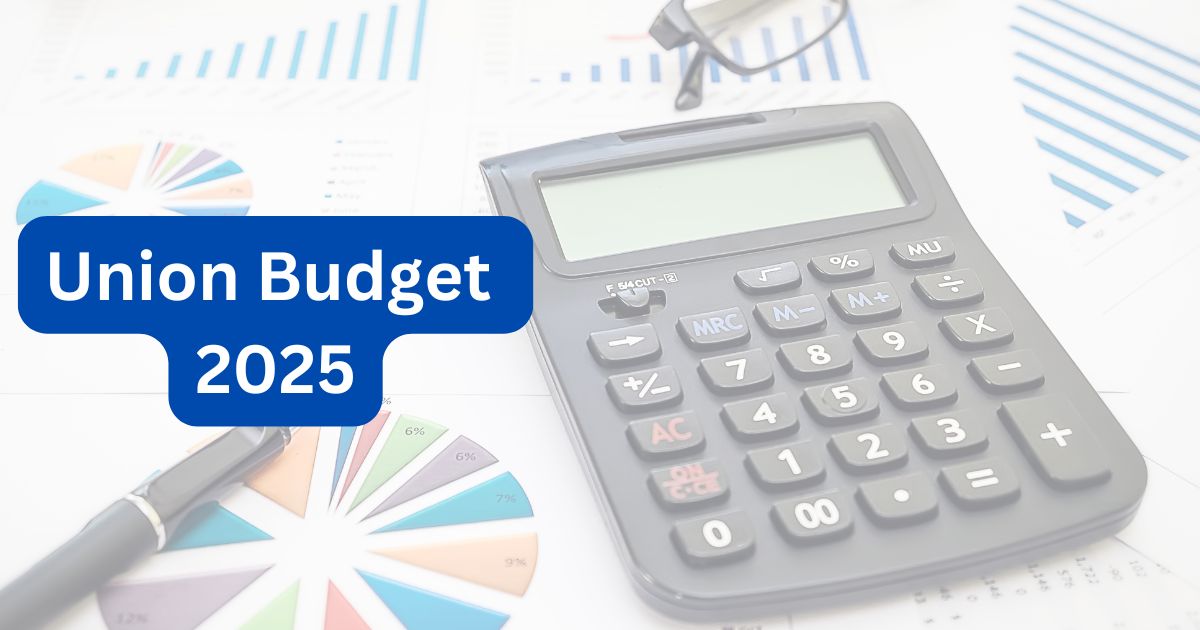 Union Budget 2025...
Feb 01,2025
Union Budget 2025...
Feb 01,2025
-
 What is EPR in Plastic waste Management? ...
Jul 12,2022
What is EPR in Plastic waste Management? ...
Jul 12,2022
-
 Lithium-ion Battery Recycling Plant Setup in India...
May 10,2022
Lithium-ion Battery Recycling Plant Setup in India...
May 10,2022
-
 Setting up E-waste Recycling Plant Setup...
Jan 12,2022
Setting up E-waste Recycling Plant Setup...
Jan 12,2022
-
 Applicability of Labour Laws in India...
Jul 15,2021
Applicability of Labour Laws in India...
Jul 15,2021
-
 Basis to Outsource Finance and Accounting Services...
Oct 31,2021
Basis to Outsource Finance and Accounting Services...
Oct 31,2021
